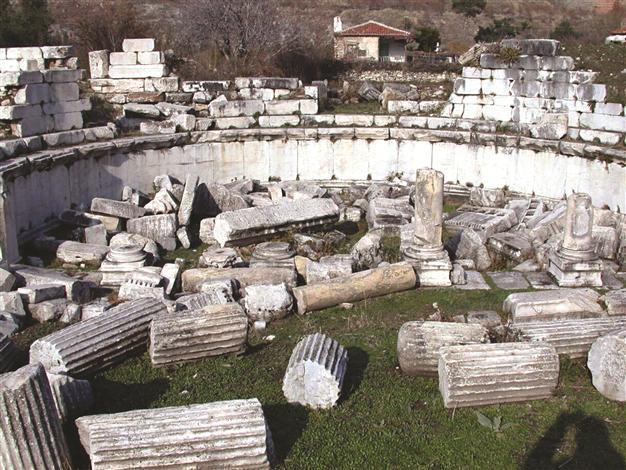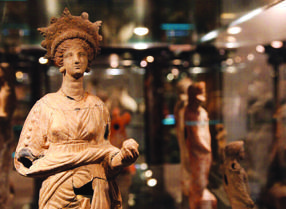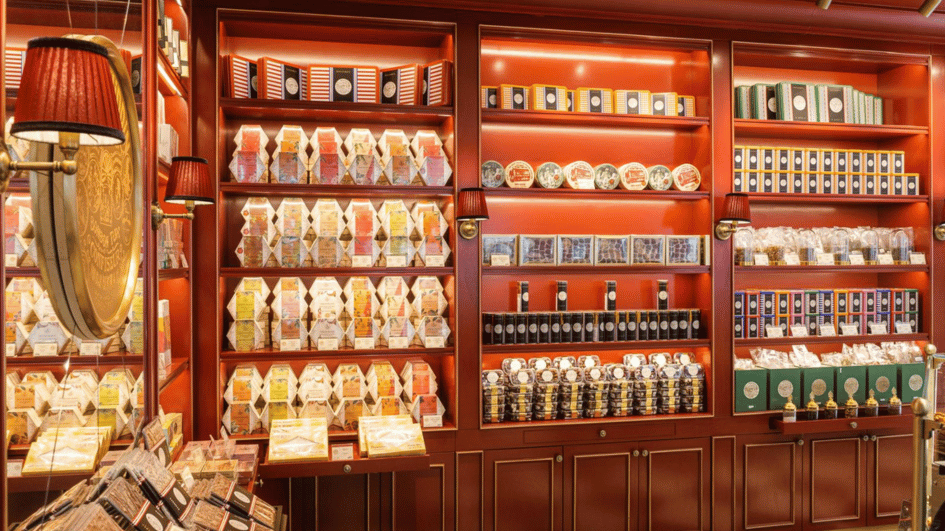Conference reveals many secrets in ancient city of Stratonikeia
MUĞLA - Anadolu Agency

The ancient city of Stratonikeia is home to Ottoman era stones on its roads and that’s why it is very important, say excavation officials. DHA photos
The head of the Stratonikeia Ancient City excavations, Professor Bilal Söğüt, said Stratonikeia was home to many civilizations in the past, and therefore the site contained many artifacts and traces from the Ottoman, Roma, Byzantium eras. Söğüt attended the conference “Stratonikeia, from Ancient times to Present” at Muğla Sıtkı Koçman University Mediterranean Research and Application Center (AKMEDAM). In his speech Söğüt said they had started the excavation works in Karia area’s inner parts in 2008.Noting that they had been continuing the research in the city, Söğüt said they had erected many important buildings and parts of the city. Söğüt said some of the artifacts had already been sent to museums and the broken stones were sent to the Stone Hospitals to be fixed. There is no other ancient city like Stratonikeia, said Söğüt, adding the city has Ottoman era stones on its roads and that’s why it is very important.
The conservation is still continuing, he said. “The mosaics in the ancient city are very important. An exclusive team is working on this.”
This year the Imperial Temple is being unearthed using a 3D method, he said.
He said works in the area of the Temple of Emperors unearthed structures like a Roman bath, a temple, a Seljuk mosque and a Turkish house.
 “We knew that a 2,600-year-old place of worship existed here. Research has determined that the Augustus Temple was built here,” he said, adding the temple found during the excavations dated back 2,000 years ago.
“We knew that a 2,600-year-old place of worship existed here. Research has determined that the Augustus Temple was built here,” he said, adding the temple found during the excavations dated back 2,000 years ago. He added that some of the sculpture-like artifacts found in excavations were being housed in museums. “There were some sculptures in the temple. This is why ceremonies were held inside and around the temple. These ceremonies show that this area was [deemed] holy. But earthquakes occurred in this era and the temple, as well as many other structures, was ruined. Many of these structures could not have been revamped after the earthquakes, especially the one in 360. We found the temple’s columns,” Söğüt said.
When the work is done and the structures are restored, visitors will be able to see many structural elements in the ancient city, he said. “We restored the temple using a 3D method. Visitors see the temple in 3D and receive information about it. We restored one of the structures in the ancient city with the 3D method every year. In this way, visitors get the same excitement with us when they visit here,” Söğüt said.
Archaeological excavations in Stratonikeia, which is one of the world’s largest marble cities, commenced in 2008 and have taken place every year for nine months with a team of nine people.
















